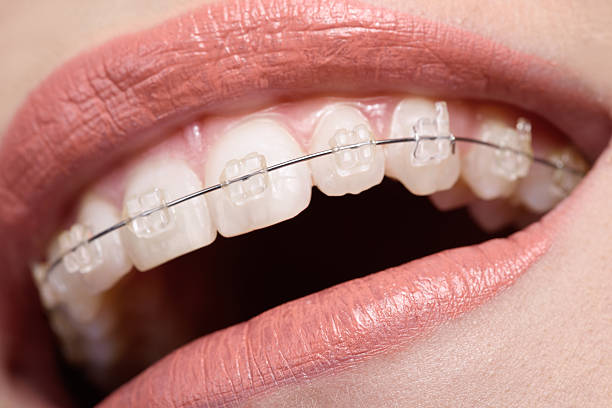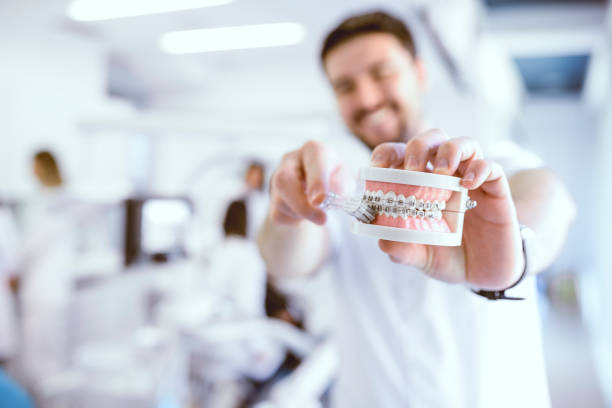Phases of Orthodontics



What are self-ligating braces using the Damon system?
Orthodontics phases – Orthodontics may address a variety of dental defects such as overbite, underbite, crossbite, and overcrowding. Straightening teeth with orthodontics has several advantages, ranging from improved self-esteem to improved jaw function to biting, eating, and speaking. Because orthodontic therapy is so successful and predictable, orthodontic treatments will most likely be divided into two to three periods.
Depending on the circumstances, orthodontic therapy might last anywhere between six and thirty months. These criteria include, specifically, the degree of the abnormality, the type of orthodontic equipment utilized for therapy, and the patient’s adherence to the orthodontist’s recommendations.
The planning phase of orthodontic therapy is the initial step. During this stage, the orthodontist will conduct a variety of evaluations in order to establish an accurate diagnosis and plan for realigning the teeth in the most efficient and timely manner. Because dental and physical disorders can be linked, a patient’s medical condition must be assessed before beginning orthodontic treatment to ensure that any medical concerns are corrected before treatment begins.
The orthodontist will next utilize the model of the patient’s mouth to closely study the connections between the various components. Dental imprints are used to do this. Patients bite down on a U-shaped metal tray filled with a liquid solution that progressively hardens to a rubber-like substance within a minute to get dental impressions. The trays are then taken from the patient’s mouth, filled with plaster, and used to make a plaster model of the patient’s mouth.
Obtaining panoramic x-rays, computer-generated pictures, and photographs is also a component of the planning step. These photos are all utilized to assist the orthodontist in locating possible issue spots and providing “before, while, and after” photographs to evaluate progress.
The active phase of orthodontic therapy is the second phase of treatment. The active phase is when the patient is wearing or using dental equipment. There are several dental appliances that may be employed. They range from fixed braces to detachable braces like as Invisalign or headgear. However, conventional braces are the most prevalent kind of therapy. Several changes to whatever device is being utilized to achieve the desired outcomes will be made by the orthodontist during the active period.
The retention phase is the final and final stage of orthodontic treatment. This stage happens after the teeth have migrated into the proper position and the dental appliance has been removed. Patients are asked to wear a retainer for a certain length of hours every day during the retention phase to guarantee that the teeth do not move back to their prior locations. During the retention phase, the jawbone grows around the teeth and holds them in place, stabilizing them in their new position.

